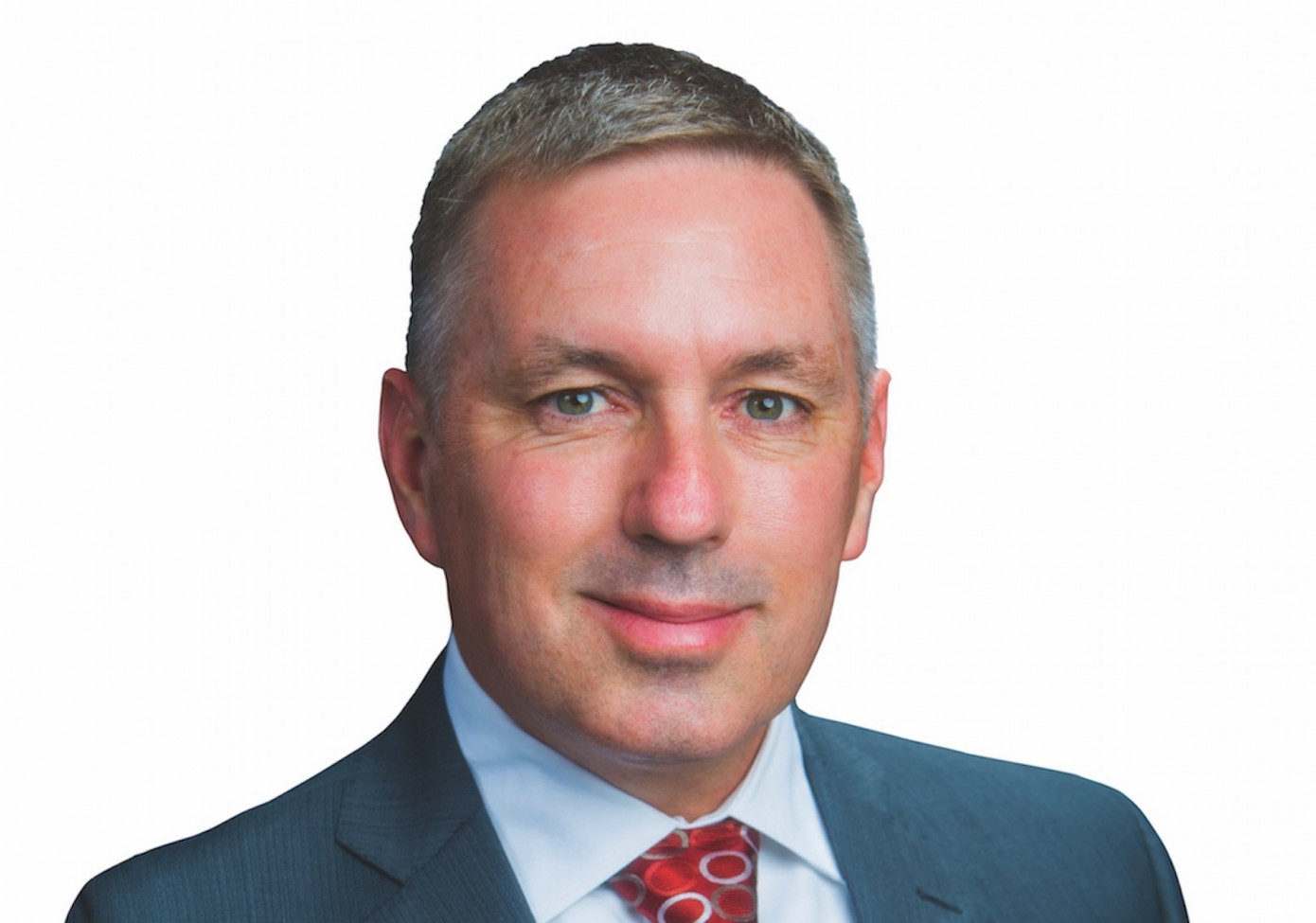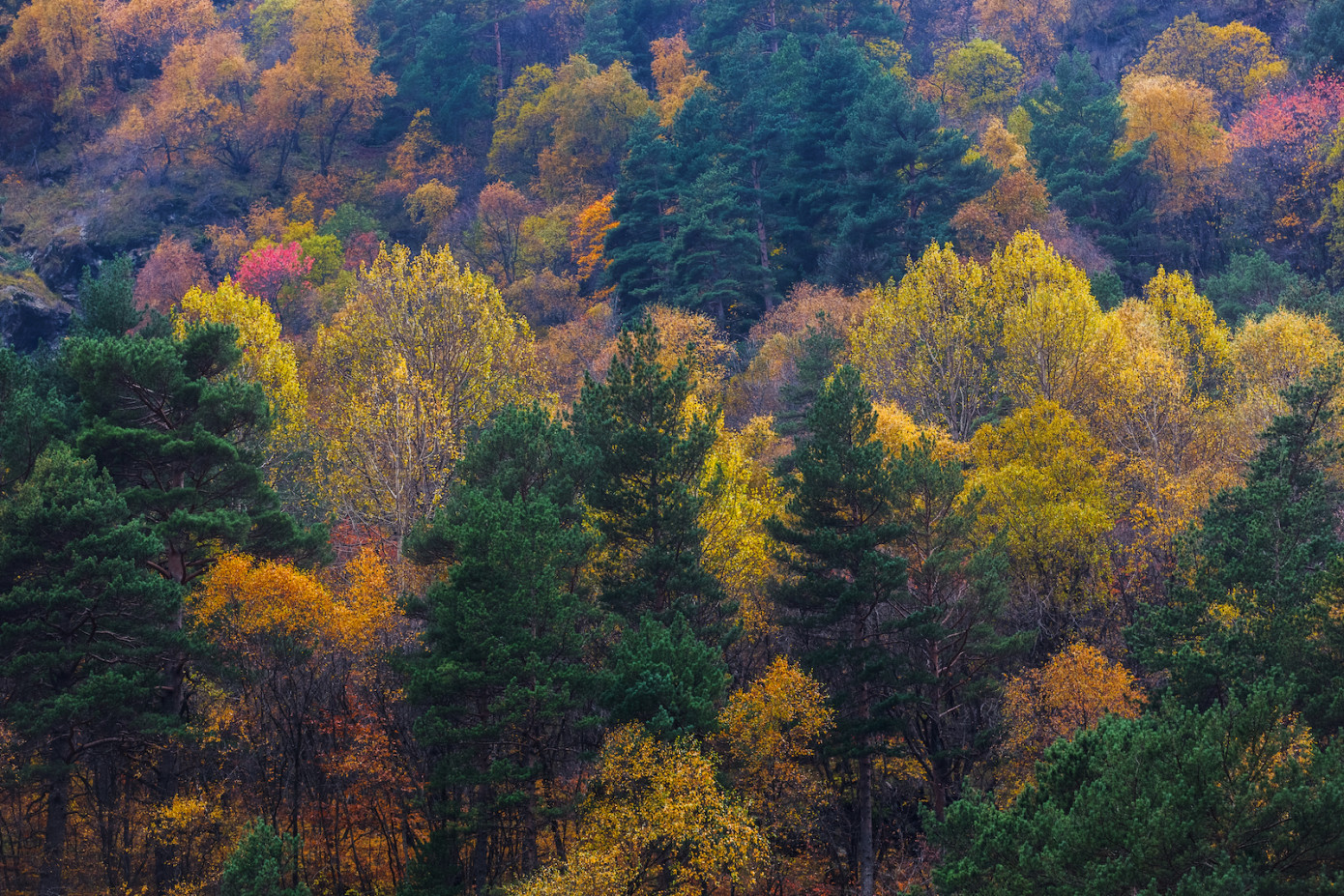As people are eager to get out of the cities due to COVID-19, the demand for small rural timberland parcels in the U.S. has increased. In the first half of 2020, Domain Timber Advisors, a subsidiary of Atlanta-based Domain Capital Group, closed 29 land sales with the average tract size of just 350 acres. Joe Sanderson, Managing Director of Natural Resources, and Scott Reaves, Director of Forest Operations at Domain Timber Advisors explain how the COVID-19 impact on forestry supply chain.
Lesprom Network: What is the environmental investment?
Joe Sanderson: Environmental investment is a form of socially responsible investing (SRI) where investors focus on choosing investments in assets or companies that support or provide environmentally friendly products and/or services. In the United States, there are different ways to access environmental investments and take advantage of them. The most common is done with carbon trading in California. You can manage carbon assets by not harvesting timber for a certain amount of time. In return, you get carbon credits that can be sold on the market in California. Generally, those do not generate a significant amount of revenue and most of time it is just done for environmental reasons and not financial gains. In the United States, the Clean Water Act and provisions of the Bush-era “carbon neutral” policies have allowed for the creation of new investment opportunities related to mitigation banking projects. To satisfy provisions of those US policies, the US government monitors and regulates environmental impacts from infrastructure and development projects, primarily. Through that regulation, the government releases “credits” based on mitigation milestones of a given project, and those credits can then be sold on the open market to those parties needing to offset the environmental damage caused by their specific project. Think of real estate developers building a subdivision master plan, or state and local governments widening a highway, for example.
图像: Joe Sanderson, Managing Director of Natural Resources at Domain Timber Advisors
Lesprom Network: How does an investment in timberland compare to an investment in other assets?
Joe Sanderson: Timberland tends to be a non-correlated asset and does not follow the stock market or other specific investment types. The asset class has relatively low volatility, a higher Sharpe ratio, and it provides relatively attractive risk-adjusted returns. It also has a higher risk adjusted return, so on the Sharp ratio, timber is one of the higher performing asset classes. Then, there is a portion of the investment that is driven by biological growth, so it is very consistent and predictable. You also have the optionality of timing the cash flow from timber based on investor’s objectives. So, you have a lot of optionality in harvesting or not harvesting timber based on specific needs for cash flow. One of the key investment attributes is it’s very good from a green investment standpoint. Timberland sequesters a significant amount of carbon from the atmosphere, provides clean water, clean air and meets a lot of ESG metrics such as providing local jobs and local benefits.
Lesprom Network: What factors determine the profitability of investments in timberlands?
Joe Sanderson: With timberland and timber investing, investments consist of the land the trees grow on and the various age classes of trees on the property. The return potential can be driven by land appreciation, tree growth, land sales, and the harvesting of trees. You can generate additional revenue from leases on the property, subsurface rights and other asset values such as easements, etc.
Lesprom Network: What is the usual investment term?
Joe Sanderson: Most individuals interested in investing usually look at a 10-plus year timeframe. When we talk to our investors; we suggest three years plus from the investor standpoint, while most traditional managers would say ten years or more.
Lesprom Network: What natural assets are in your portfolio?
Joe Sanderson: We have timberlands located in the Southern U.S., Northeast states and Pacific Northwest. Our Southern assets are primarily pine species used for housing and packaging. In the Northeast, we have species that are going to high value hardwood which makes its way into pallets and furniture. In the Pacific Northwest, there is fir and hemlock that goes to exports, but also housing. The other natural resources we manage in conjunction with our portfolios include minerals, oil, gas and even gravel.
Lesprom Network: How has COVID-19 affected your business?
Joe Sanderson: In general, we have not experienced significant impacts to our business or our investments related to the global COVID-19 pandemic. We see that with change comes opportunity. What we’ve seen in our portfolios is a number of the individuals in the United States looking to buy timberland properties to get out of the cities. So, our number of transactions on small land sales to private individuals has increased. And so, we’ve shifted gears to improve the number of small rural land sales out of our portfolio. In some cases, the demand for timber has increased as well.
Scott Reaves: We’ve definitely seen increased interest in owning small parcels of timberland. We’ve closed 29 land sales the first half of this year and the average tract size is around 350 acres. That’s a very small average sale size when you think about industrial timber sale transactions, which are typically about 30,000 acres plus. We are really tapping into a completely different land sale exit market and are seeing a real uptick in interest in purchase of parcels. Total sale acreage across all our investments is just over 10,000 acres in the first half of this year.
图像: Scott Reaves, Director of Forest Operations at Domain Timber Advisors
We saw a slowdown in logging, especially around mid-April of this year When we dropped to a total of five logging crews operating, but since then, and specifically over the month of July, we’ve seen a significant ramping up of logging crews coming back which is driven by the demand for raw material, both lumber and pulp. . We actually moved from five crews from the April low to about 20 crews operating now with much of that increase occurring during the month of July. These are contracts that were purchased at pre-COVID-19 pricing levels and the loggers are able to come in and get wood cut and that’s a positive sign for the market and investors.
Joe Sanderson: In the United States forestry and forestry activity has been deemed critical infrastructure by the Department of Homeland Security, so our operations from a regulatory standpoint, have not been impacted. It's been basically just standard market dynamics that have driven the changes we are seeing.
Lesprom Network: What market dynamics do you expect by the end of the year?
Joe Sanderson: We expect to see continued demand for small rural timber properties. We have a number pending contracts and think we’ll continue to see demand in small properties as people in the United States look to get out of the cities and begin to enjoy recreating on timberland properties. We expect that to continue and see a lot of value creation there.
We also see repairs and remodels, as well as new housing starts, in the United States starting to pick up as people look to move from multifamily to single family houses. We believe there is a potential to see an increase in timber pricing in the third quarter and especially in the fourth quarter. Some of that is cyclical and tends to happen every year, but as the United States comes out of lockdown, and with low interest rates for housing right now, we expect that to drive demand and keep pricing on the increase for the next six months.
